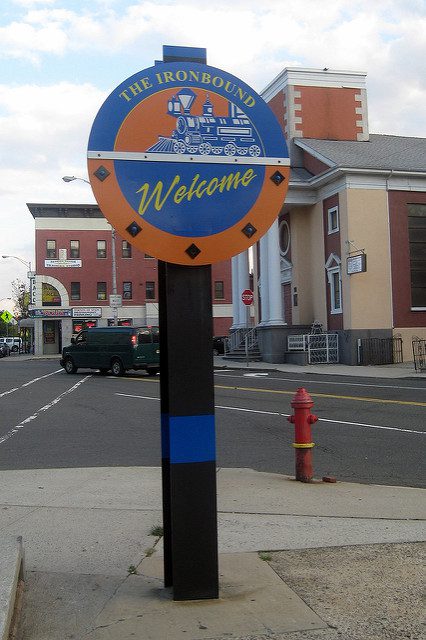Renewing Hope Within Neighborhoods of Despair, by Herbert J. Rubin. State University of New York Press, Albany, NY. 2000. 280 pp.
Herbert Rubin, a sociology professor from Northern Illinois University, spent over five years in the 1990s interviewing hundreds of community development corporation (CDC) directors, staff and community leaders about their challenges and their theories of community development. He also attended dozens of conferences to study CDCs and interact with leading funders and intermediaries.
Rubin, clearly a good listener, effectively uses storytelling as a powerful lens for sharing ideas and lessons. In Renewing Hope he draws on all his research to present numerous stories from CDC practitioners that shed insight on how these leaders think about and practice community development.
Rubin’s analysis of community-based development is based on the concept of “organic theory,” theory created by sharing stories about the successes and failures in the daily work of a field. Organic CDC theories have evolved regarding the best locations for commercial real estate, for example, or the types of businesses that create jobs for low-income residents. Other organic theories deal with how CDCs can balance the very different roles of real estate developer and social services provider. These organically developed theories are an example of “praxis,” the circular progression from theory through action, reflection and adjustment to the theory.
Rubin gives us a good example of how praxis works with a story of a CDC that applied Michael Sherraden’s individual development account (IDA) concept to its work with youth. When the CDC found that its youth IDA participants only wanted to purchase cars, clothes and jewelry, it switched from a plain IDA program to a mentorship program between youth and tradespeople that taught the youth about the value of long-term investments. This adjustment to the program demonstrates how new information changes the theory of a program and subsequently its policies – a typical praxis pattern.
Networks, Networks
Renewing Hope skillfully describes the external support environment for CDC initiatives. Rubin includes excellent charts on diverse funding sources and the types of support they provide as well as a wealth of examples of CDC interaction with the public sector, intermediaries, foundations and corporations. Finally, Rubin describes how CDC associations, coalitions and networks not only generate resources but help create a common culture and shared understanding among CDCs. Practitioners, their networks and funding partners have all built a movement and created an industry with tremendous growth and resilience.
The importance of networks and interactions is the basis for one of Rubin’s main insights: sharing information through coalitions, associations and intermediaries is what allows creativity and change to spread in the community development world. Community-based development networks at the local, state and national level are instrumental to the sharing of successful ideas and practices of community development. For example, when The National Congress for Community Economic Development (NCCED) published a study and sponsored a conference on human service enterprises, it led to greater interest and support for human service initiatives such as home health care, family-based child care cooperatives and long-term care facilities.
The Theory of Hope
Rubin’s stories reinforce that CDCs are one of the most promising strategies for building hope in distressed communities through tangible initiatives and achievements. Rubin points out that the mere ability to develop people’s belief in the future of their community is a huge achievement in its own right.
My one disappointment in this book is that Rubin doesn’t provide a blueprint for practitioners and their supporters to develop and revise their own organic theories of community development. How do CDCs or CDC networks develop their own theories of community-based development? And how are those ideas revised and communicated to others? Organic theory encourages holistic development that strengthens both individuals and communities. If provided with a blueprint, the community development field could utilize Rubin’s framework to assess their theories and improve their practice.
This reviewer gives Renewing Hope Within Neighborhoods of Despair “two thumbs up.” I hope that Rubin will continue to probe for additional theories and insights as the premier storyteller of community-based development.



Comments